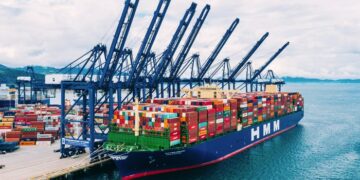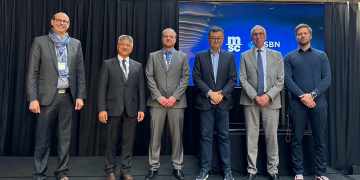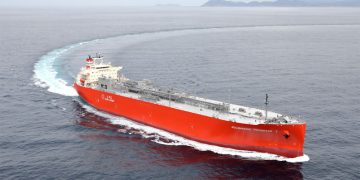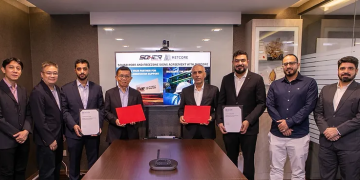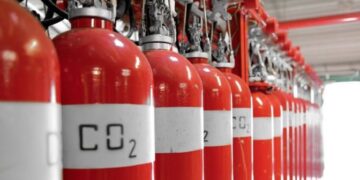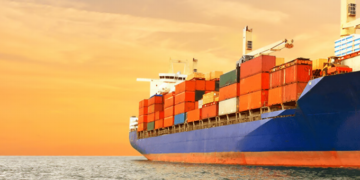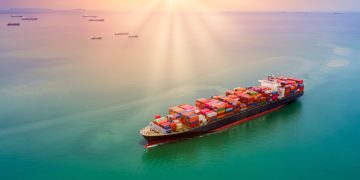CARB approves first ship emissions capturing system
Clean Air Engineering-Maritime announced it has received California Air Resources Board (CARB) approval for the first commercially ready ship emissions capturing system called the Maritime Emissions Treatment System (METS). A New Alternative to Shore Power, METS-1 Developed at Port of Los Angeles Captures 90 Percent of At-Berth Emissions The METS-1 is CAEM’s first-generation system. It is mounted and deployed from a barge that is positioned alongside ships berthed at the Port of Los Angeles. The system is positioned over vessels’ smoke stacks and captures and treats more than 90 percent of particulate (PM), NOx, SO2, and related diesel pollutants emitted. The proprietary treatment technology was developed in collaboration with Tri-Mer Corporation of Owosso, Mich., the world’s largest supplier of catalytic ceramic filter systems. METS is the first CARB-approved alternative to “plugging in” to shore-side power -- also called cold-ironing or Alternative Maritime Power -- which is the current standard for meeting California’s “Airborne Toxic Control Measure for Auxiliary Diesel Engines Operated on Ocean-Going Vessels At-Berth in a California Port” (At-Berth) regulation. Since January 1, 2014, vessel operators not complying with the regulation run the risk of not meeting these emissions standards and being hit with significant fines. “The METS-1 will ...
Read more





